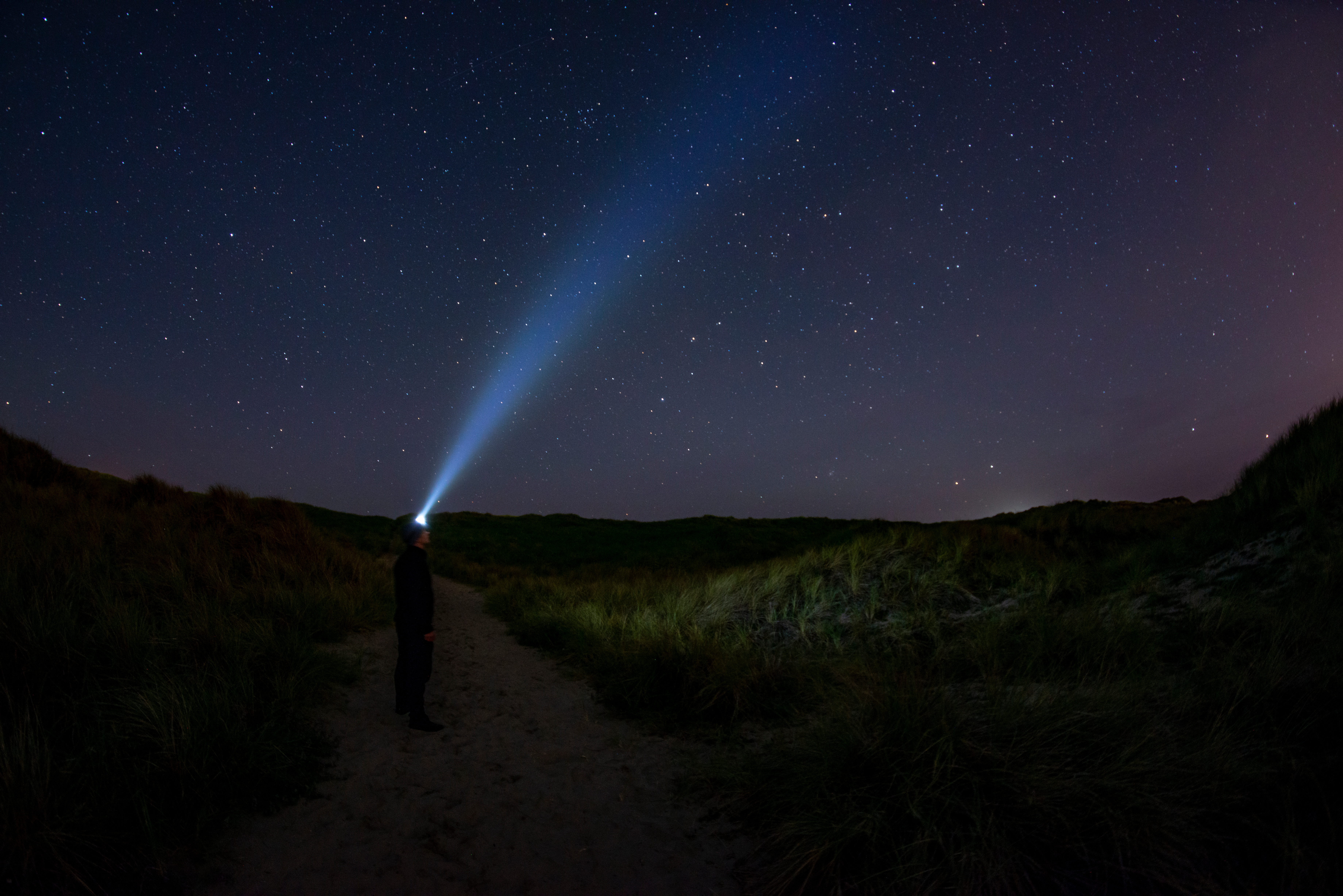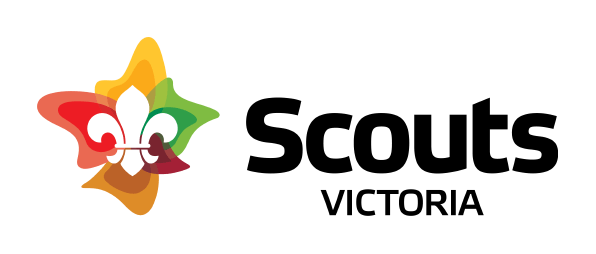Measuring Light Pollution
Introduction
Light pollution is an often-overlooked issue that affects people, wildlife, and our ability to see the stars. In this activity, Scouts will use the Globe at Night website to measure and report light pollution in their area. By observing the night sky and submitting data, Scouts contribute to global research on light pollution and its effects.
What you'll need
- A clear night sky (preferably with no moon)
- Internet-connected device (smartphone, tablet, or laptop)
- Star chart (optional for reference)
- Torch or headlamp (with red filter to protect night vision)
- Notebook or phone for additional observations
Before you begin
- This activity must be done after dark, and ideally when the moon is not visible to ensure accurate results
- Scouts should dress appropriately for the weather
- A device with internet access (smartphone, tablet, or laptop) is required to submit observations.
- Discuss the purpose of the activity with the Unit:
- What is light pollution?
- How does light pollution impact people and wildlife?
- What constellations are visible in this part of the world?
- How many stars do Scouts think they’ll be able to see?

Activity
-
Prepare for Observation:
- Find a dark location with minimal artificial light
- Let your eyes adjust to the darkness for 10 minutes before starting
-
Observe & Record Data:
- Visit the Globe at Night website: https://www.globeatnight.org/webapp/
- Input your location and time of observation
- Choose the star chart that best matches what you see in the sky
- Identify the faintest star visible in your chosen constellation
- Record the amount of cloud cover at the time of observation
- Submit your data by clicking “SUBMIT DATA”
Change the challenge level
Easier:
- Pair younger Sections with older Sections to help navigate the website
- Use a printed star chart instead of the online version for comparison
- Focus on counting the stars they can see rather than submitting data
Harder:
- Conduct observations from multiple locations (urban vs. rural) to compare results
- Research solutions to light pollution and create a plan to reduce light pollution at the Scout Hall
- Track data over multiple nights to see how cloud cover, location, and moon phase impact visibility
Reflection
This activity was all about valuing the outdoors and helping your community by noticing things in your local environment that you want to protect.
- Why do we need to protect areas of nature?
- What would happen to people, plants and animals if we didn’t protect them?
- How do you feel when you spend time out in nature?
Everyone selected a different area to protect, which had something special or unique.
- How did you choose the area for your micro nature reserve or national park?
- Why did you feel like that was something worth protecting?


